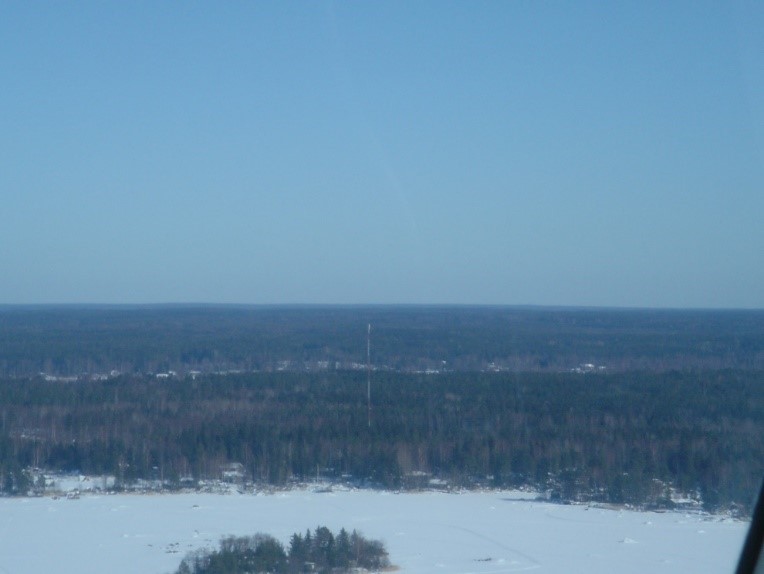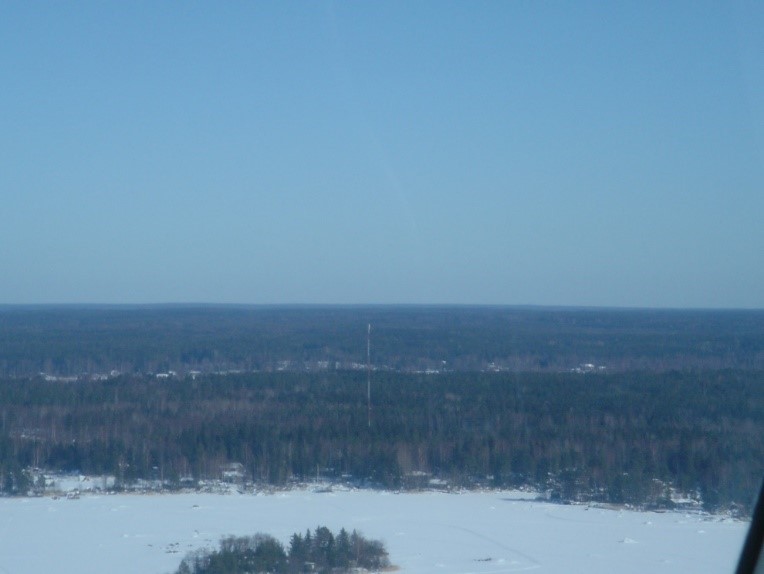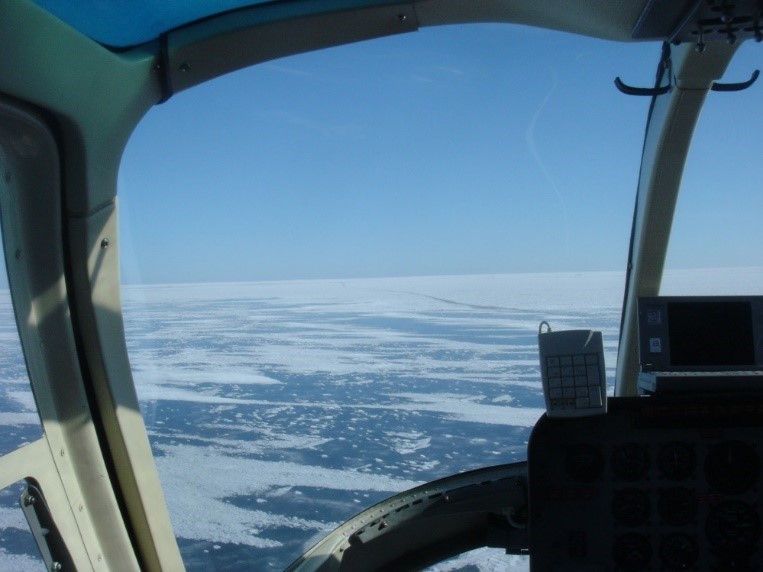
Blog
Looking back, my life seems to be defined by two things: going faster and getting better. When I was growing up I was a race kart driver and almost every weekend my father and I drove to different cities in Finland to compete. We went to races in other countries in Europe too. The best of us made it into a profession, like Mika Hakkinen, a two time Formula One World Champion. I was not as good as him, obviously.
At the age of fifteen I tuned my two stroke racing engines and kart chassis using some pretty unconventional methods. Sometimes it was successful and sometimes not. The stopwatch and weekend race results defined the success. It was so much fun that I still miss it today.
As I began my career, I participated in various RF design engineering projects that all (quite interestingly) involved going higher or faster than ever before and pushing the limits of what was thought to be peak performance.
- At Picker Nordstar, an MRI imaging systems research firm, I designed high Q (low loss resonator) imaging RF coils that would operate at liquid nitrogen temperatures. For ultimate sensitivity, we needed better Q values than had been achieved before.
- At Nokia Microwave Radios, I designed a low cost low phase noise frequency synthesizer for 3 GHz frequencies. Again, we had to find ways to achieve higher resonator Q values to lower noise while limiting costs. As it turned out, air is the lowest loss electrical insulator so it became the basis for high Q design.
- At Nokia Base Station R&D, I was leading the receiver design group and we developed the most sensitive GSM base station receiver in the world. It was a race for receiver sensitivity, we had to beat Nortel…and we did!
- Later at Nokia we developed a new R&D organization, which included project management methods for faster time to market by sourcing ideas from Caltech, MIT and leading authors in the space. Over the years, long past my time and impact there, this organization has developed base station products which have shipped in huge volumes. Cell coverage and capacity does not happen just by accident and it was an honor to have been part of the early ground work there and the incredible success.
- At Nokia Radio Network system level programs, we increased the speed of GSM/EDGE packet data, lowered latency and made data go farther. This included improvements in the areas of rate control, protocol flow and system architecture. One of the most memorable moments was a competitive performance benchmarking event. We flew in a helicopter over a frozen sea to measure how far the cell could deliver packet data at a reasonable throughput rate. We had to beat Ericsson…and we did!
Below is a picture of a base station tower pointing antennas towards the sea.

This is a picture of the helicopter idling on clear ice and view back towards the base station tower at 35 km (21 miles) from the base station.

These were great experiences and projects, but I found that I needed more to measure. I needed more radical opportunities to make things faster and better. Then Wi-Fi came along. On paper it had much higher speeds than cellular but seemed to lack in delivery and performance management and people seemed frustrated by this. And so I saw a great opportunity to help design a system that would allow identifying lacking Wi-Fi performance. The system would allow making Wi-Fi faster, perform better and go beyond the earlier limits. This is the origin of 7signal. Improving WLAN speed and performance is what we do every day.
-VP, founder and CTO